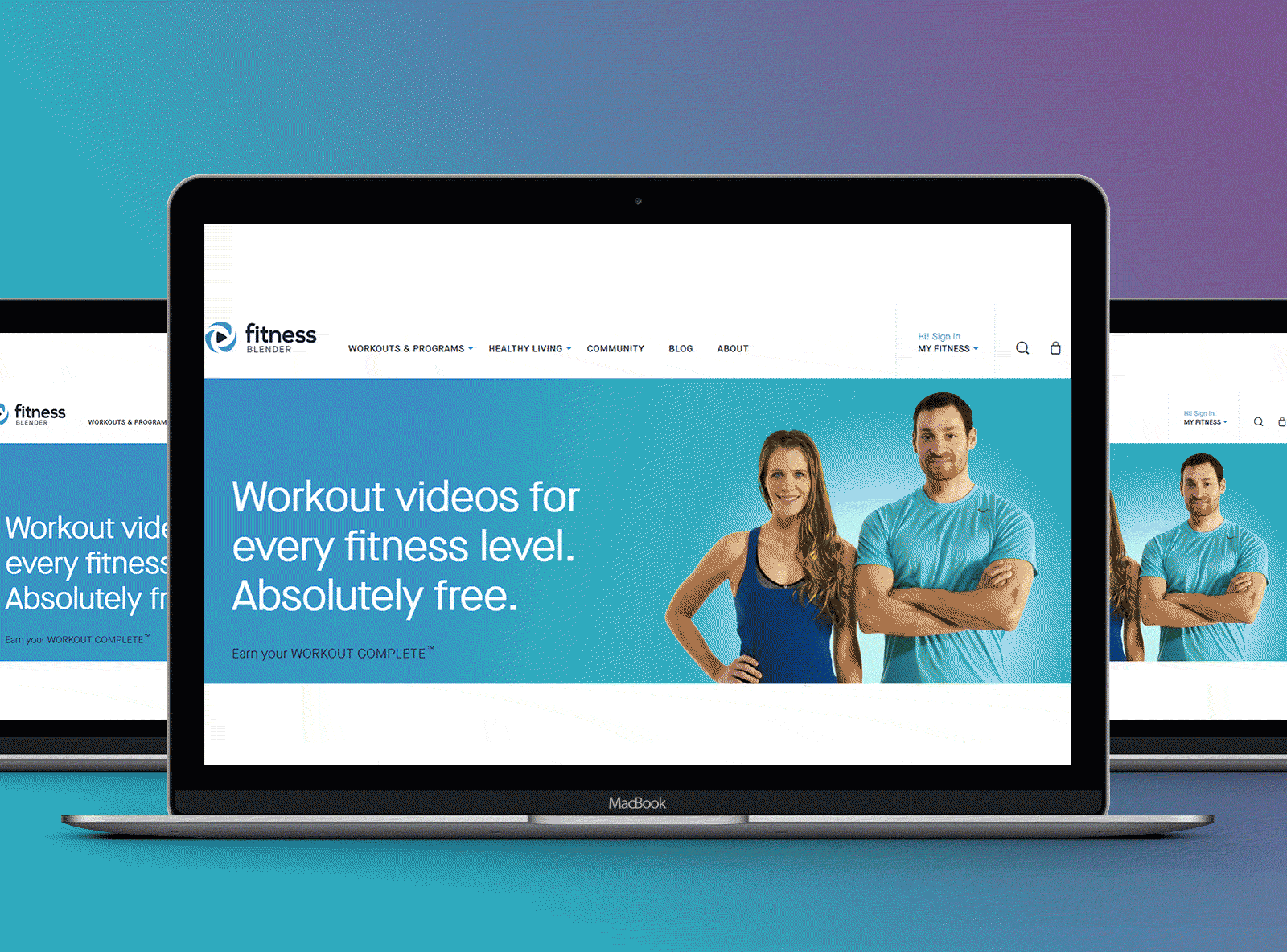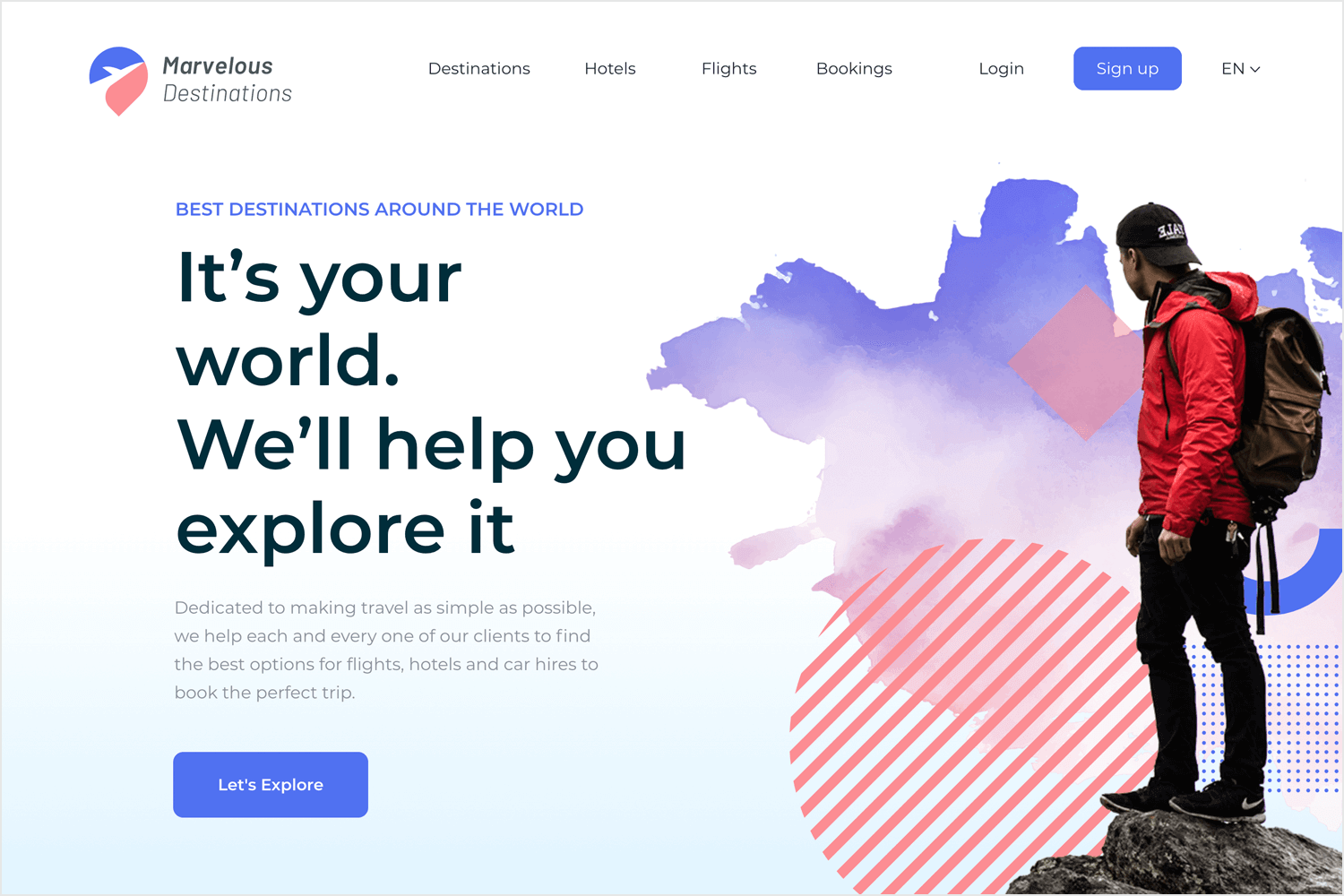Essential Concepts of Website Design: Creating User-Friendly Experiences
In the world of site layout, the production of easy to use experiences is not just a fundamental requirement but an aesthetic pursuit. Vital concepts such as user-centered design, instinctive navigation, and availability offer as the backbone of efficient digital platforms. By concentrating on individual needs and choices, developers can promote involvement and fulfillment, yet the implications of these principles prolong past plain capability. Understanding exactly how they intertwine can significantly impact a site's overall performance and success, motivating a more detailed evaluation of their individual duties and cumulative impact on user experience.
Significance of User-Centered Style
Prioritizing user-centered design is vital for creating reliable web sites that satisfy the requirements of their target market. This strategy puts the user at the forefront of the style process, making sure that the site not just works well but also reverberates with individuals on a personal degree. By comprehending the users' choices, objectives, and habits, developers can craft experiences that foster engagement and contentment.

Moreover, adopting a user-centered layout ideology can bring about enhanced availability and inclusivity, accommodating a varied audience. By taking into consideration different customer demographics, such as age, technical effectiveness, and cultural backgrounds, developers can create web sites that are inviting and functional for all.
Eventually, focusing on user-centered design not only improves customer experience but can likewise drive vital business results, such as raised conversion rates and customer loyalty. In today's affordable electronic landscape, understanding and focusing on user needs is an essential success factor.
User-friendly Navigating Frameworks
Effective internet site navigating is typically a crucial element in enhancing customer experience. Instinctive navigating structures enable customers to locate info rapidly and efficiently, decreasing stress and raising involvement.
To produce intuitive navigating, developers ought to focus on quality. Labels should be detailed and acquainted to individuals, avoiding lingo or uncertain terms. A hierarchical framework, with main categories resulting in subcategories, can even more assist customers in recognizing the partnership between various sections of the website.
In addition, including aesthetic hints such as breadcrumbs can assist customers via their navigating path, allowing them to conveniently backtrack if needed. The incorporation of a search bar additionally enhances navigability, granting customers guide accessibility to content without needing to navigate via several layers.
Responsive and Adaptive Formats
In today's digital landscape, making sure that internet sites operate perfectly across various gadgets is vital for customer fulfillment - Website Design. Responsive and flexible designs are 2 key techniques that enable this performance, satisfying the diverse series of display sizes and resolutions that customers may come across
Receptive layouts utilize liquid grids and flexible pictures, permitting the site to instantly adjust its aspects based upon the screen dimensions. This strategy provides a consistent experience, where material reflows dynamically to fit the viewport, which is specifically useful for mobile customers. By utilizing CSS media queries, designers can produce breakpoints that maximize the format for different devices without the requirement for different styles.
Flexible designs, on the various other hand, make use of predefined formats for details display sizes. When an individual accesses the website, the server finds the tool and offers the appropriate design, making certain a maximized experience for differing resolutions. This can cause much faster filling times and boosted efficiency, as each format is customized to the gadget's abilities.
Both adaptive and receptive layouts are crucial for enhancing individual involvement and complete satisfaction, inevitably contributing to the site's overall efficiency in meeting its objectives.
Consistent Visual Power Structure
Establishing a constant aesthetic pecking order is essential for directing individuals via Continue a website's web content. This concept makes sure that information exists in a fashion that is both interesting and instinctive, permitting individuals to easily navigate and understand the product. A well-defined hierarchy employs numerous style aspects, such as size, comparison, spacing, and color, to develop a clear distinction in between different types of content.

Furthermore, consistent application of these visual signs throughout the website promotes knowledge and trust. Customers can swiftly learn to acknowledge patterns, making their communications more effective. Inevitably, a strong aesthetic hierarchy not only boosts user experience however additionally enhances overall site use, encouraging deeper involvement and helping with the wanted activities on an internet site.
Availability for All Customers
Accessibility for all individuals is a basic aspect of site style that ensures everybody, no matter of their disabilities or capabilities, can involve with and benefit from online material. Creating with accessibility in mind entails implementing methods that suit diverse individual needs, such as those with visual, acoustic, electric motor, or cognitive impairments.
One crucial guideline is to comply with the Web Content Availability Standards (WCAG), which provide a framework for developing accessible digital experiences. This includes making use of sufficient color contrast, providing text choices for images, and making sure that navigation is keyboard-friendly. Furthermore, using receptive layout methods makes certain that internet sites operate successfully across various devices and display dimensions, further enhancing accessibility.
Another critical variable is using clear, concise language that avoids lingo, making material comprehensible for all customers. Involving individuals with assistive technologies, such as display visitors, requires cautious focus to HTML semiotics and ARIA (Available Abundant Net Applications) roles.
Inevitably, focusing on ease of access not just satisfies legal commitments however also broadens the audience reach, cultivating inclusivity and improving user contentment. A commitment to accessibility mirrors a dedication to developing equitable electronic atmospheres for all customers.
Final Thought
Finally, the essential principles of internet site design-- user-centered layout, intuitive navigating, responsive designs, regular visual pecking order, and access-- collectively add to the development of easy to use experiences. Website click this link Design. By focusing on user needs and ensuring that all people can efficiently involve with the website, designers enhance functionality and foster inclusivity. These concepts not just improve user contentment yet also drive positive organization results, ultimately demonstrating the critical significance of thoughtful site design in today's digital landscape
These approaches provide indispensable insights into individual assumptions and pain factors, making it possible for designers to customize the site's features and content accordingly.Effective internet site navigation is commonly an important element in boosting customer experience.Establishing a constant visual hierarchy is pivotal for directing customers with a website's web content. Inevitably, a strong visual power structure not just boosts individual experience but also enhances overall site usability, urging much deeper involvement and promoting the wanted activities on a site.
These principles not just boost individual contentment yet additionally drive favorable service end results, ultimately demonstrating the vital relevance of thoughtful web site layout in today's digital landscape.